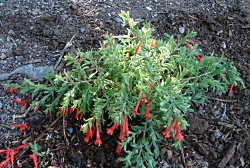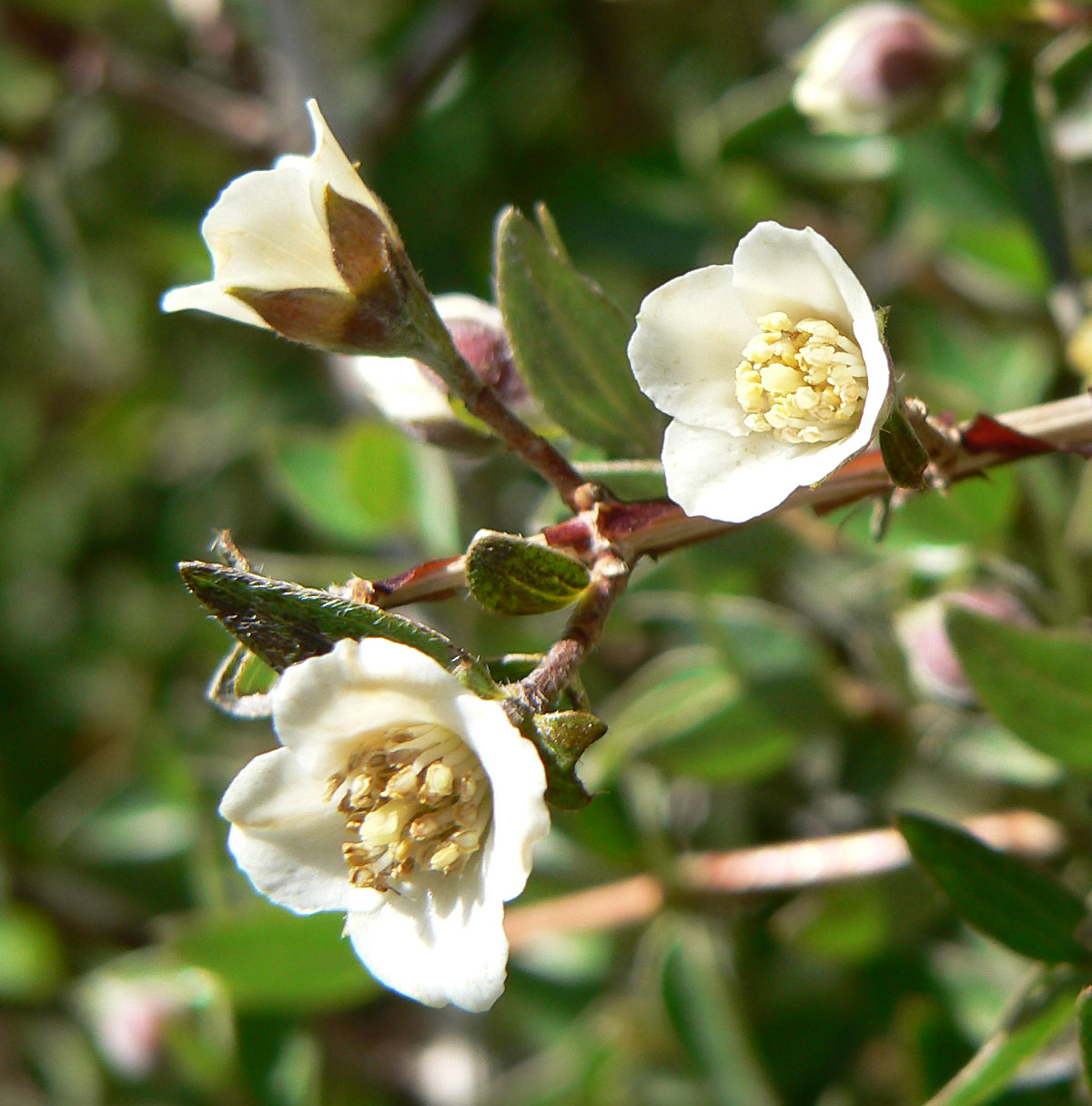
Stokes Nature Center
With the beginning of summer at our doorstep, many of us look out over our green grass yards and dread the coming heat that will endeavor to turn it brown and stale. One might begin to ponder if there is an alternative to these plants that fill our yards and demand so much of our water. In fact, there is.
Utah may be a desert, but not one naturally devoid of vegetation. Many plants have evolved to live within the bounds of the climate, insect pests, microbes and soil types specific to our region. Once established, many native plants need minimal irrigation beyond normal rainfall. And because they have coexisted for eons, natives have developed their own defenses against many pests and diseases, resulting in minimal pesticide use.
Backyards, gardens, parks, and roadsides planted with native plants also provide wildlife with a “bridge” to the natural areas that remain, interspersed among our heavily developed communities. As the cornerstone of biological diversity, native plants also do the best job of providing food and shelter for our local animals. Ready to get planting? Here are two natives that would be easy, attractive, and low-maintenance additions to many Utah yards or gardens.
Littleleaf Mock Orange is a compact shrub which produces clusters of wonderfully fragrant white blossoms. In the wilds of Utah, it is often found growing in rock crevices and dry, gravelly areas, so it will likely do well in those bare, difficult parts of your yard. It is browsed by mule deer and also provides shelter for native birds.

Philadelphus microphyllus
Image licensed under the Creative Commons Attribution-Share Alike 3.0 Unported license.
Photographer: Stan Shebs
Fire Chalice, alternately known as hummingbird flower, is a low-profile plant with bright red tube-shaped flowers. The plant’s nectar is irresistible to hummingbirds and can help attract a number of native pollinators to your yard.
As with all plants, the right native must be matched with the right spot. Thankfully, there are native plants that thrive in every habitat imaginable. And the best thing is, natives include all different types of plants from mosses and ferns to wildflowers, shrubs and trees. A little bit of research should help you find the best species for your hot, dry slope, that wet swale in the back, or the dry shade under your trees.
For those interested in learning more, the Alterniscapes Garden Tour on June 25 provides an opportunity to view gardens in Millville, Nibley and Providence that feature water-wise and native plants. For more information on native plants or the Alterniscapes Tour, please visit us online at www.wildaboututah.org.
For the Stokes Nature Center and Wild About Utah, this is Andrea Liberatore.
Credits:
Photos: Courtesy & Copyright Annalisa Paul, Stokes Nature Center, logannature.org
Courtesy & Copyright: Intermountain Native Plant Growers Association, inpga.org
Little leaf Mock Orange image licensed under the
Creative Commons Attribution-Share Alike 3.0 Unported license. Photographer: Stan Shebs
Text: Andrea Liberatore, Stokes Nature Center, logannature.org
For more information about the upcoming Alternascapes Garden Tour:
Cache Master Gardeners, Alternascapes Garden Tour, Saturday, Jun 25 – 11:00AM to 4:00PM, https://extension.usu.edu/cache/files/uploads/Alterniscapes%20Handout%20Bi-fold%20for%20Web.pdf
For more information about Utah’s native plants:
Utah Native Plant Society: https://www.unps.org
Utah Master Gardeners: https://extension.usu.edu/mastergardener/
Additional Reading:
United States Department of Agriculture, Plants Profile: Littleleaf Mock Orange. Found online at: https://plants.usda.gov/java/profile?symbol=PHMI4
United States Department of Agriculture, Plants Profile: Garrett’s Fire Chalice. Found online at: https://plants.usda.gov/java/profile?symbol=EPCAG
